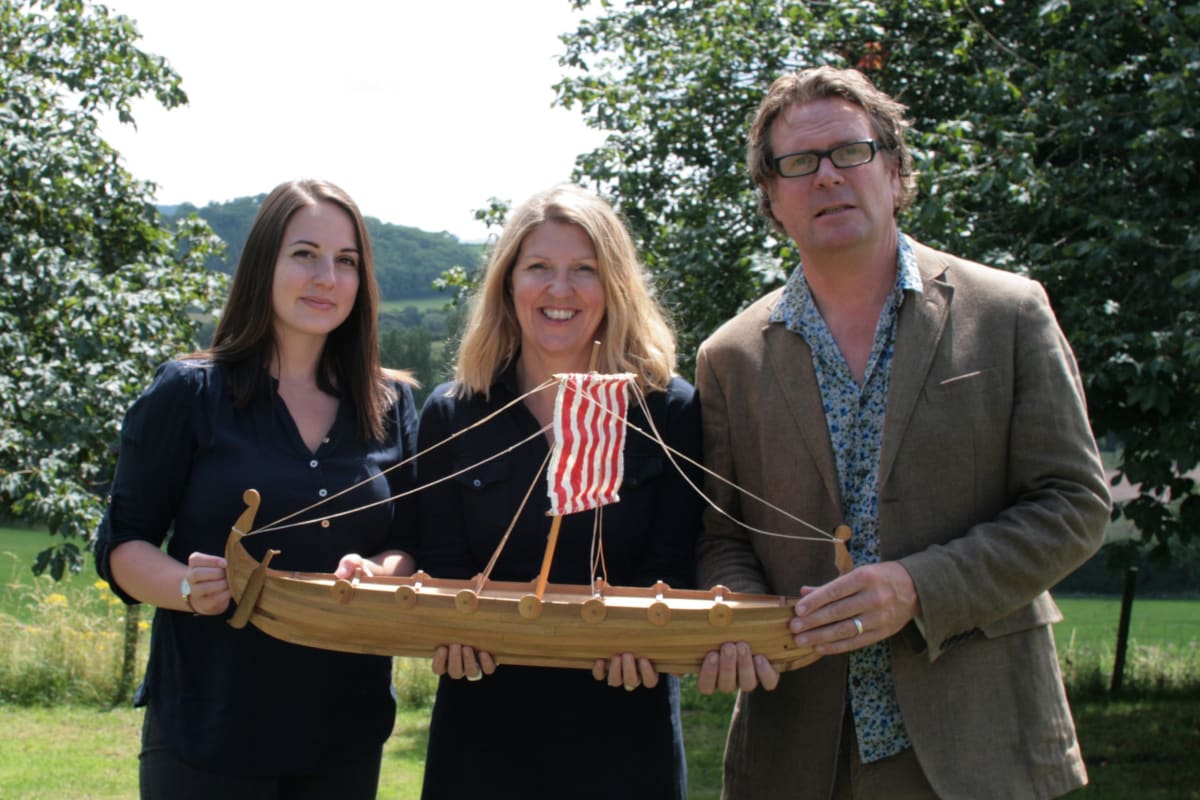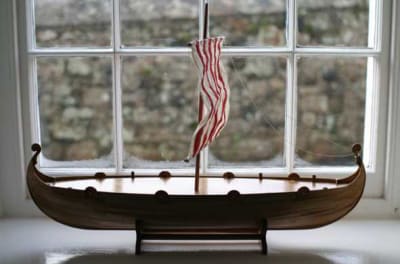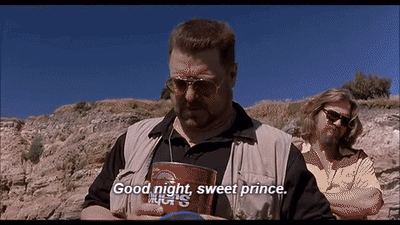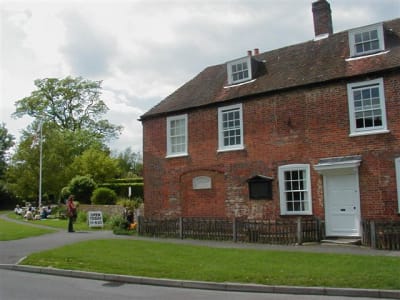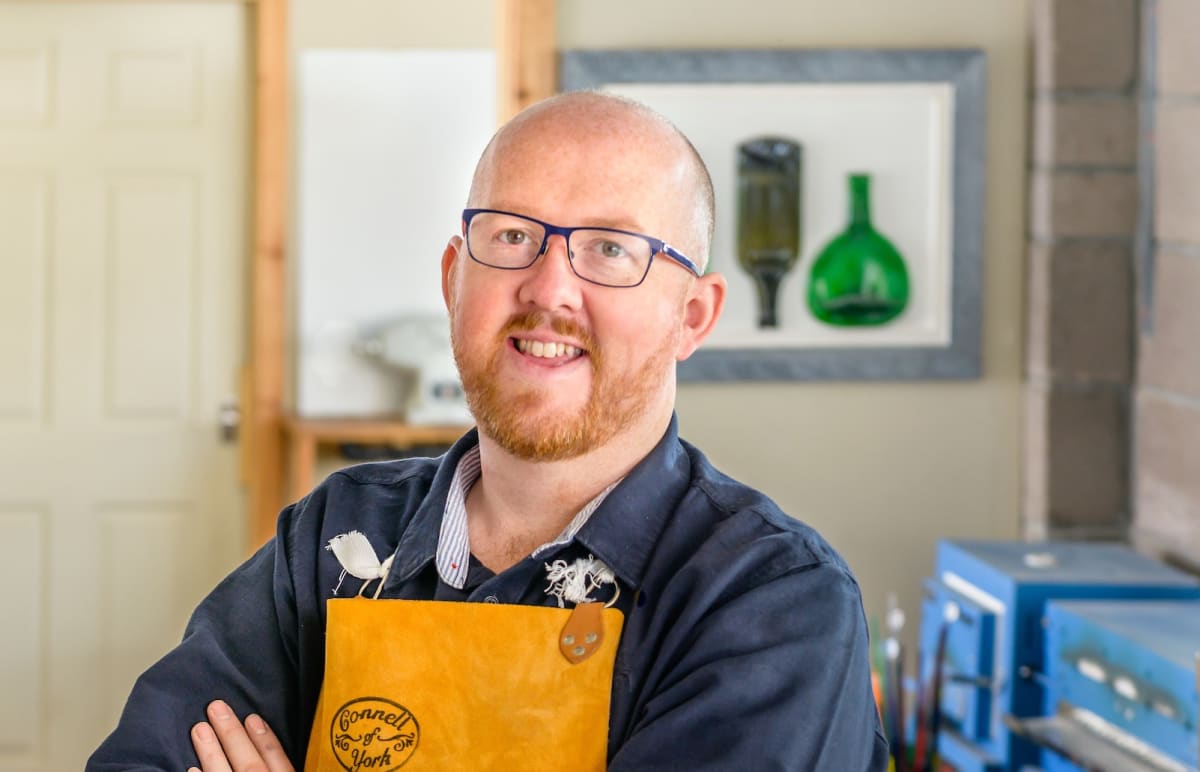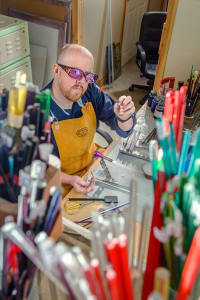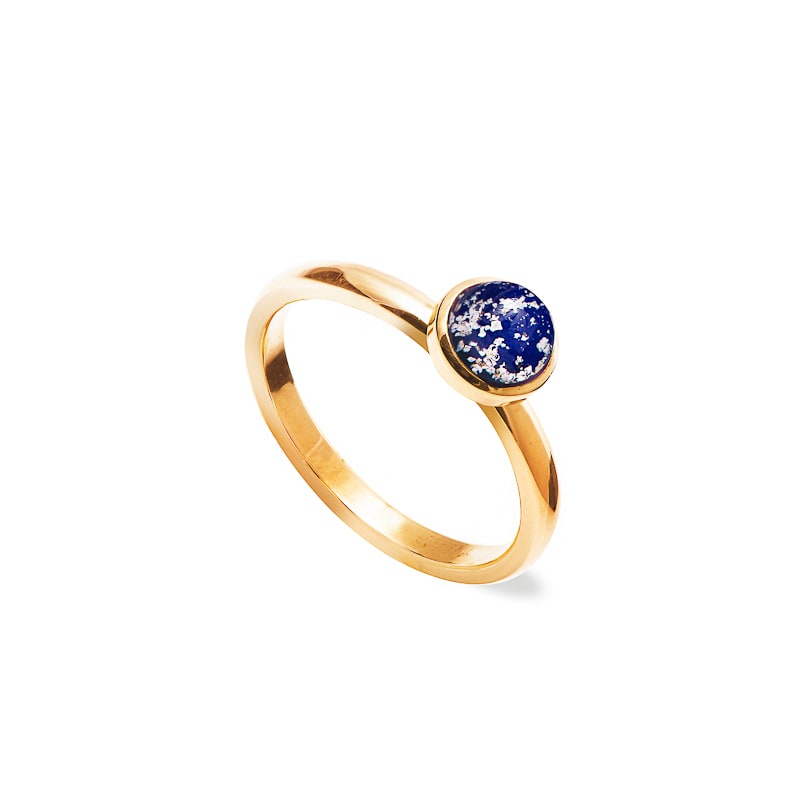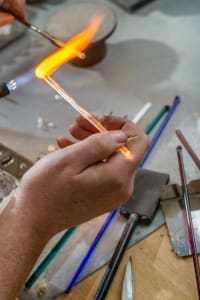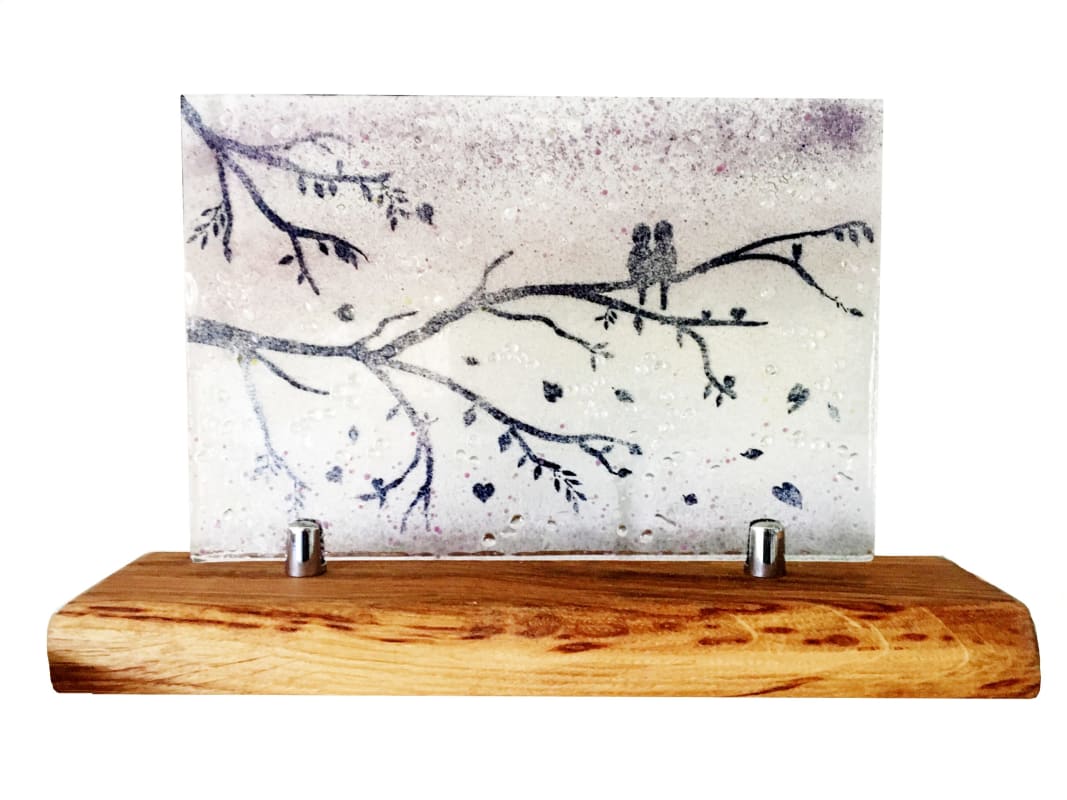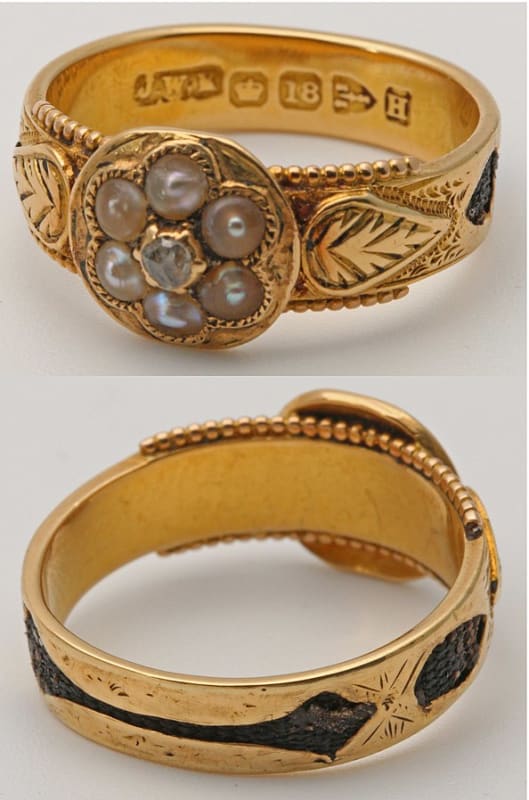
With the very real prospect of increased regulation looming on the horizon, it’s undoubtedly a time of change and upheaval for the funeral industry in the UK. We caught up with Mandie Lavin, the CEO of the country’s largest funeral trade association, the National Association of Funeral Directors, to find out about her vision for the organisation, as well as what the NAFD and its members would like to see from regulation.
Begin your search for a funeral director local to you today.

Hi Mandie. How have you found the first six months of your role as CEO of the NAFD, are you all settled?
It’s been amazing and overwhelming to have received such a high level of support from everyone. Much of the work performed by funeral directors goes unseen and unrecognised, so standing back and observing it first-hand is quite remarkable. The insight provided by this job in the first six months alone has been absolutely unique.
We’ve also been struck by how compassionate and emotionally invested funeral directors are when it comes to helping families overcome grief. It’s a big part of the job.
I think our members go the extra mile to ensure that someone who has died has their wishes fulfilled. Members of the public don’t often know much about funerals, and the impact that a funeral director will have in helping the family organise the funeral and overcome grief is phenomenal. Having organised funerals for both of my parents, I had been so very impressed by the service and empathy that I experienced that I wanted to play my part in the Association.
What would you say your main aim is?
I came into the job really with three aims. Firstly, I think that the whole area of funerals is going through enormous change. The profession has a great deal of tradition attached to it, yet regulation in Scotland and an increasing use of technology are raising issues around price transparency; consumers don’t always feel that they are in a position to shop around and ask questions when someone has died. This places the funeral industry in a privileged position and this is something which we have to navigate carefully to ensure fairness and public confidence.
Secondly, we need to understand what our members need from us on a daily basis and how we can support them more. For example, if a member does find themselves the subject of a complaint, we need to be able to help them deal with it diligently, quickly and fairly. We need to have easily accessible guidance and practical help available when they contact us.
Finally, I’m really interested in education and industry standards. After writing an article for our Funeral Director Monthly magazine on the different ways people get into the profession, I found the number and diversity of entry routes fascinating. Some people enter through a family business, while others enter through very defined educational pathways within larger organisations. I think we have to understand what national education standards should look like, and how we can work with our partner organisations to establish these. The whole area of education and practice standards is going to become increasingly important as regulation develops.
Although we are small and perfectly formed, we do often meet with Ministers and civil servants and influence Government thinking and policy direction. We can get a lot done on behalf of our membership.
Speaking of the variety of routes into the industry, how was it that you became CEO of the NAFD?
I have always had an interest in end of life and palliative care, having worked as a Marie Curie nurse and managed a large London NHS hospital out of hours. I regularly dealt with families who had lost someone close and sometimes in very traumatic circumstances. It gave me a deeper understanding of how to say and do the right thing at those times, to try to ease pain and suffering. I’ve also worked for a wide range of regulators and professional organisations, such as the Royal Pharmaceutical Society, where I did a lot of work on the Shipman Enquiry. I am a practising Barrister, and during my time in chambers I often represented people on the margins of society that found themselves in difficult circumstances after they’d lost people and their lives had just fallen apart.
My work at the Royal Pharmaceutical Society involved working with and helping members, as well as enforcing standards and my experience in regulation across different professions will be important at the NAFD. I was heavily involved with the standards and regulatory side of things, in all my previous professional roles, where the key is to establish what it is that needs to be improved so that the whole industry is better off and the public better served.
A good funeral can become a key part of the grieving process. Are funeral directors on the front line of that?
Absolutely, I think a lot of the care that funeral directors give families actually goes on after the funeral. Funeral directors have an overwhelming responsibility and influence over people’s future wellbeing – it’s not just about caring for somebody who’s died and arranging a funeral. Most funeral directors are highly respected and an important part of their local community. They are the people that families turn to in their hour of need.
We know that funeral directors do a fantastic job here in the UK. Is part of your role to make sure that people know that, while also ensuring that there is a formalised code of practice, which is reflected by regulation?
Indeed. I think funeral directors have nothing to fear from regulation, as high standards already exist and people are striving to make them even higher. I think the question for the industry is where do you set the baseline – what is the minimum acceptable standard, and what does ‘wrong’ look like?
In Scotland, we’re about to see the new Inspector of Funeral Directors appointed and announced. Following that there is likely to be a period of understanding how the industry works. We have pledged to play a key part in the induction of the inspector. There’s a big conversation to be had, not only with the inspector, but also with members of the public. What do they expect when they deliver someone whom they love very dearly into the care of a funeral director? It’s a very sensitive area and I’m not sure if that dialogue with the public yet exists in a way that is needed.
What sense do you get of NAFD members’ feelings towards regulation? You mentioned that you welcome it, is that feeling shared among the NAFD membership?
We have completed surveys with members in Scotland and 97% of respondents said we should be working with our fellow trade organisations to enter into dialogue with the Scottish Government. Any regulations that are implemented need to be fit for purpose and we have got off to a very good start working together with SAIF (Society of Allied and Independent Funeral Directors) to ensure that we can respond collectively and collaboratively in the public interest. On Saturday 1 April, we had our Stirling Debate and signed the Stirling Agreement which maps out the ways in which the NAFD and SAIF plan to work together with the Government to shape regulation in a way which ensures that what emerges is proportionate and workable.
There is a statutory duty of consultation built into the Scottish Burial and Cremation Act that means stakeholders must be consulted prior to any changes being made, so any regulatory changes will be fit for purpose. It’s now our job that, as far as possible, we put forward proposals which are in the public interest.
What would you say are the greatest challenges for funeral directors today?
Whether you are a smaller, independent funeral director or a part of a larger corporate structure, I think the business environment is challenging. Cuts in public funding mean that it is more challenging to plan a funeral in a timely fashion. delays in funerals are a cause for concern.
Technology will also have more of an impact, there is no question about it. We live in a far more enabled world than ever before, in terms of the way in which we access information and in terms of our ability to communicate. People are asking more questions and approaching funerals with different expectations, so it’s vital that the information people need is readily available and that anyone who wants to shop around is able to do so.
There is an entire network of people who need to pull together to create a funeral that works for the families; from florists to celebrants and ministers, from embalmers to medical professionals. We all need to be on the same page for the public good and the public interest. We need to set aside any difficulties that may have been experienced in the past and sit around a table to find solutions which work for the public. My message today is one of conciliation and collaboration.
Thank you Mandie. Pleasure talking with you, and we look forward to seeing how things develop on the regulation front.

